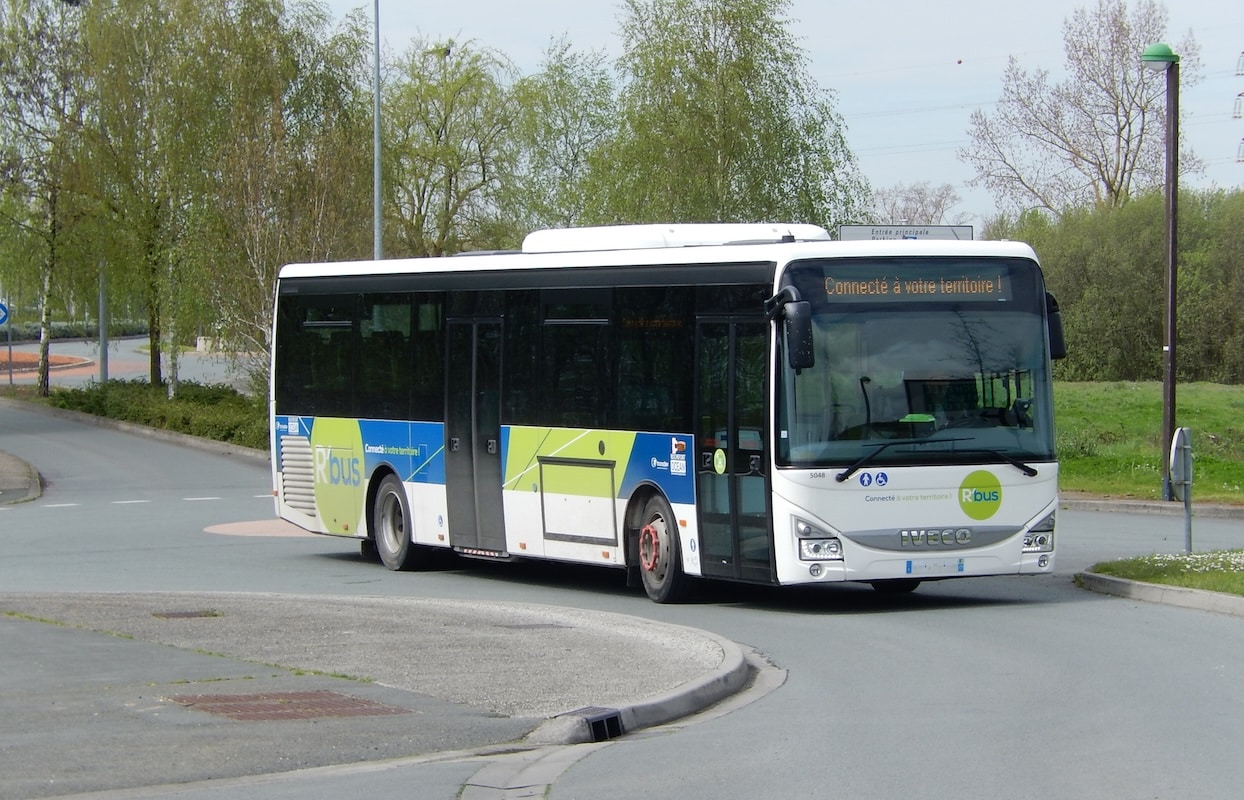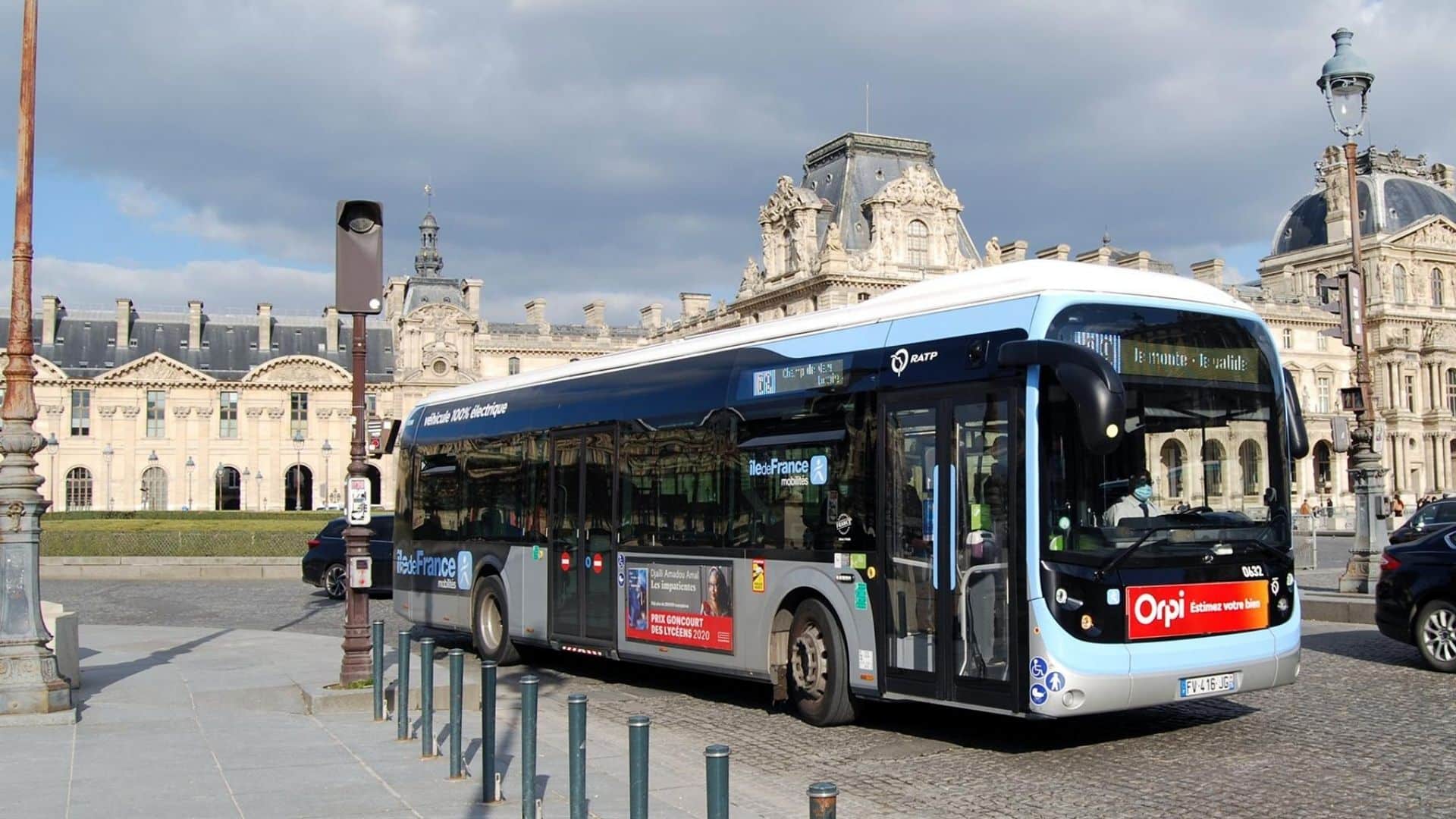Towards an Increase in the Mobility Payment Tax?

Employers strongly oppose the possibility of increasing the mobility payment tax by the Barnier government
The mobility payment, a tax levied on companies to fund public transportation, could soon see a significant increase. This prospect, revealed by BFM Business, sparks intense debate between the government, local officials, and employer organizations.
An essential tax for transportation
Currently, the mobility payment applies to companies with more than 11 employees and is calculated based on the payroll. Its rate reaches up to 3.20% in Paris and certain departments of Île-de-France. In other regions, it is capped at 1.75%. In 2023, this contribution generated over 9 billion euros. It supports projects such as subway line extensions, tramway modernization, and ecological transition with electric vehicles.
To address environmental challenges and improve infrastructure, the government is considering allowing an increase in this tax in regions outside Île-de-France, where it could reach 2.5%. This could generate up to an additional billion euros per year.
A measure criticized by companies
Deemed essential by local authorities, this proposed reform is poorly received by employers. Organizations like Medef denounce a new “increase in labor costs.” They even mention a decline in the competitiveness of French companies. An employer representative described this decision as a “deal” between the government and local officials, with employers bearing the brunt.
Although this measure is not yet included in the 2025 budget, it could be introduced as an amendment in the Senate. If adopted, the impact will extend beyond companies: higher prices for consumers, pressure on wages, but also better funding for public transportation. The final decision will be a real test of balancing economic competitiveness and ecological transition.
The future of this tax remains uncertain. However, the debate highlights tensions between the financial needs of local authorities and the demands of businesses.
Read also: The Clermont metropolitan area opens a hydrogen bus line
This page is translated from the original post "Vers une augmentation de la taxe versement mobilité ?" in French.
We also suggestthese articles:
Also read






